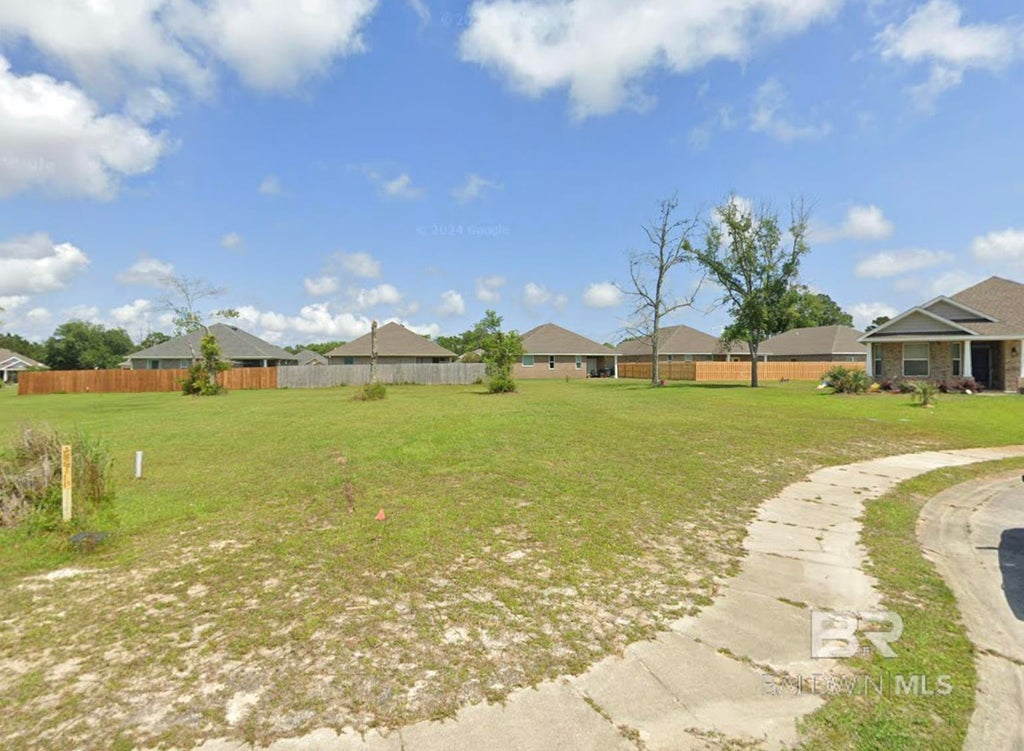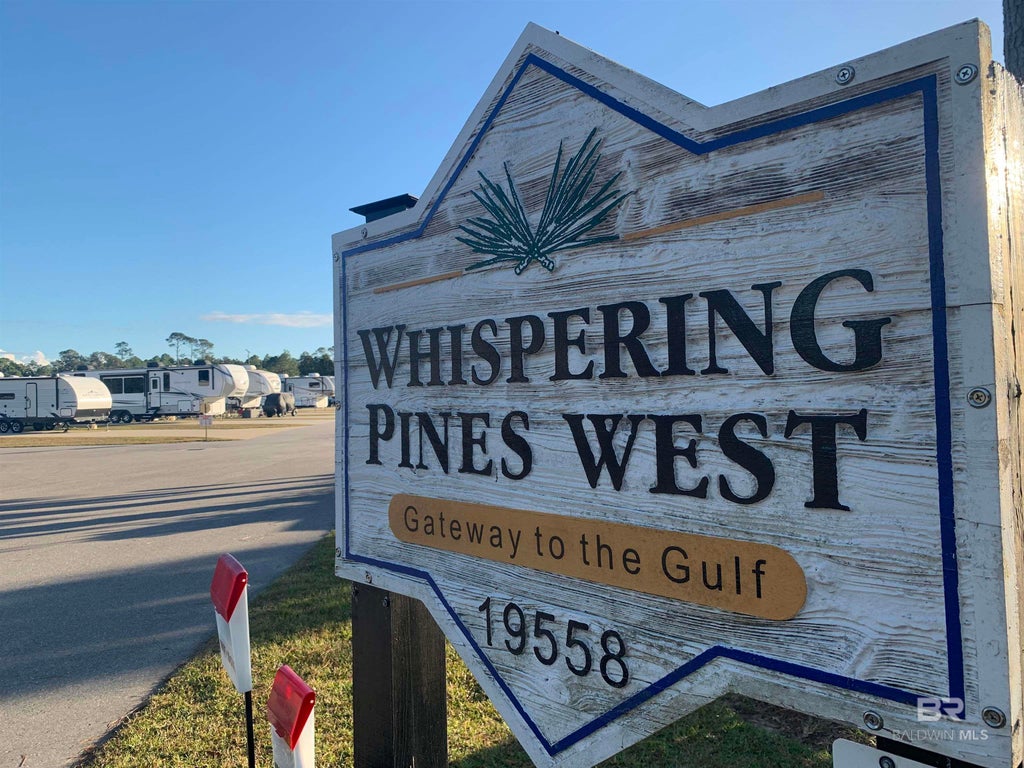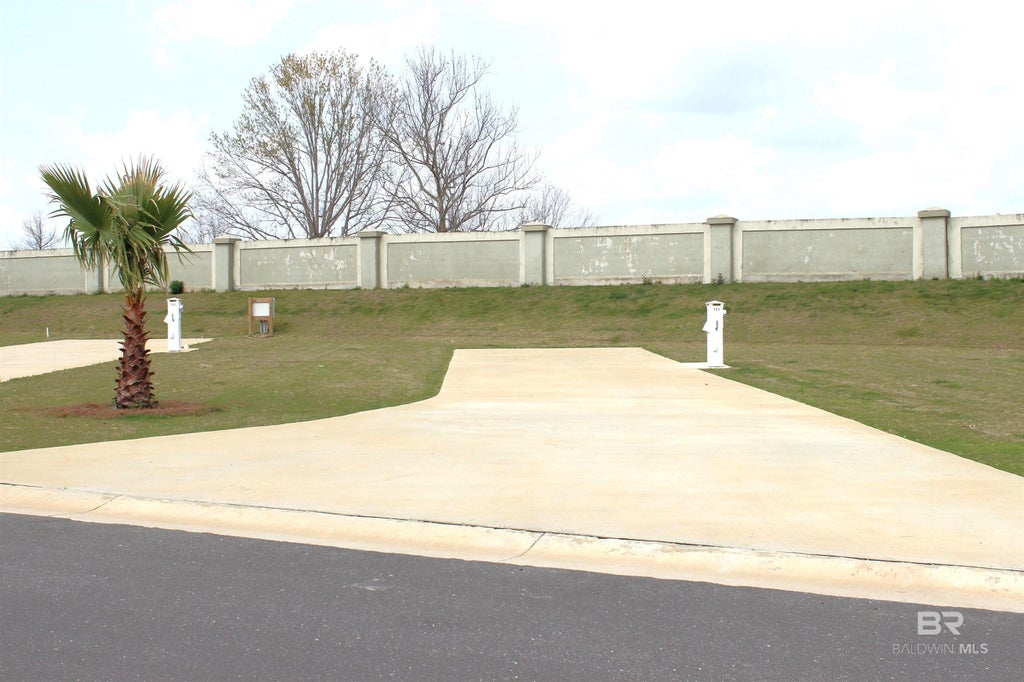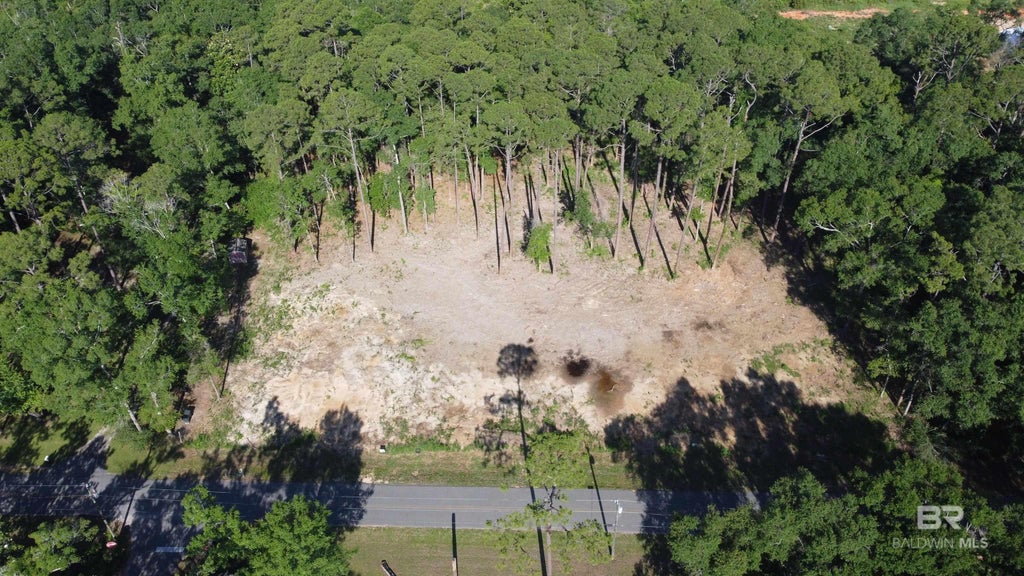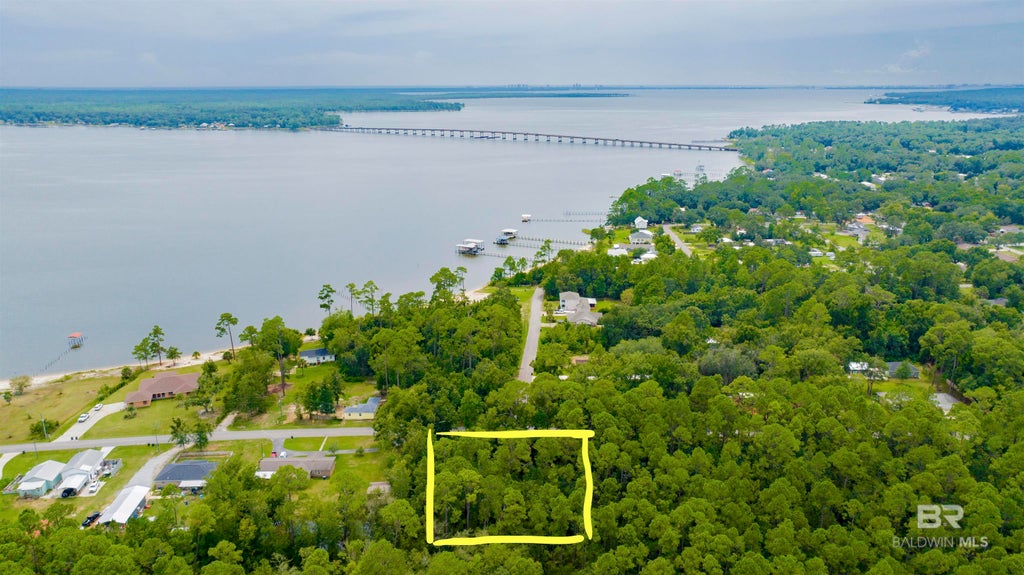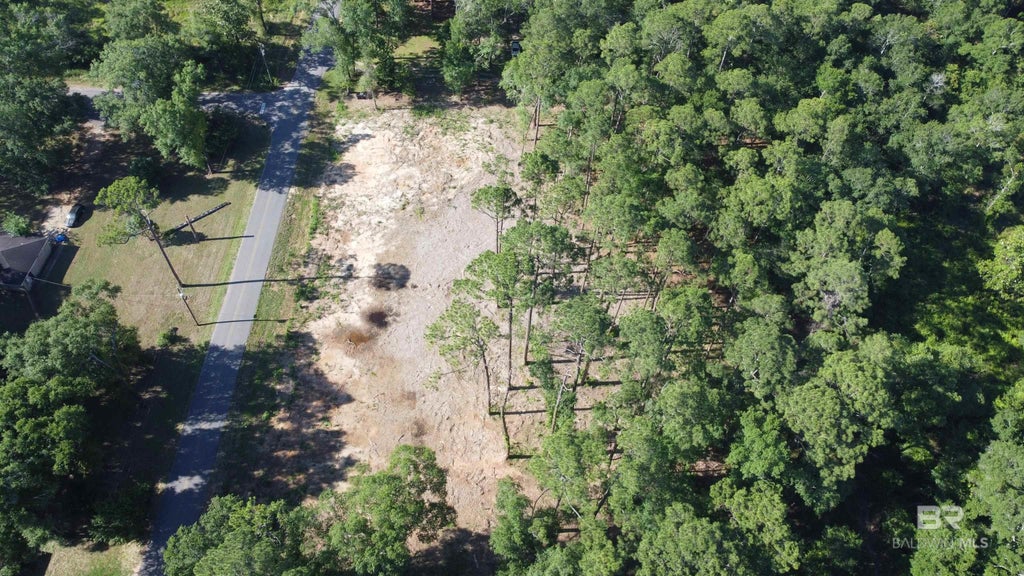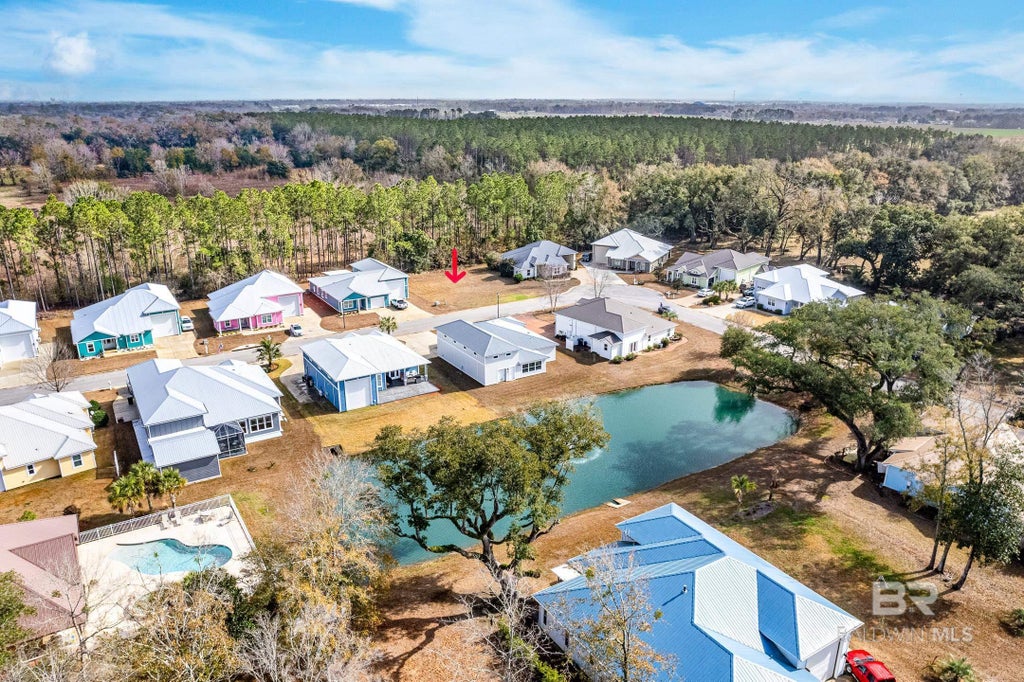GULF COAST STUCCO HOMES: WHAT TO LOOK FOR, MAINTAIN, AND PREVENT
By Meredith Folger Amon, Licensed in Alabama and Florida
Guided by Integrity. Backed by Experience. Search the Gulf with Meredith Folger Amon.
Stucco can perform beautifully on the Gulf Coast when it’s installed and detailed correctly. The biggest lesson I share with buyers and sellers is this: it’s rarely about “stucco vs. EIFS.” It’s about the details—how the system terminates at grade, how roof-to-wall joints are flashed, how windows and doors are sealed, and how water is managed over time. If you’re buying or selling a stucco home in Orange Beach, Gulf Shores, or on Ono Island, a professional stucco inspection is one of the smartest moves you can make.
The number-one red flag I see
Stucco in contact with the ground. When stucco meets soil or mulch, it can wick moisture and hide termite tunnels. Decorative stone or “rock” wraps at porch columns can amplify the problem if they’re installed to grade. The cure is straightforward in concept—cut the cladding back from grade and re-detail the base—but you want a qualified stucco pro to do it right.
General rule of thumb: maintain visible clearance from soil and hardscape. Your inspector will advise local best practices and the right termination detail for your home.
Other installation details that matter
-
Weep screed and base termination: The wall system needs a proper way to drain.
-
Kick-out flashing at roof-to-wall intersections: This tiny piece of metal protects stucco from concentrated roof runoff. Missing kick-outs are a common source of hidden leaks.
-
Window and door flashing: Pan flashing, head flashing, and sealed penetrations are essential.
-
Control and expansion joints: These manage movement and minimize cracking.
-
Decks and balconies: Ledger and balcony-to-wall joints are high-risk if not fully flashed.
-
Parapets and caps: Flat parapets without proper caps and drip edges invite water.
Real risks when details are missed
I’ve seen homes that looked fine from the street, yet once opened for repair, framing behind the stucco had deteriorated into powder. Often the clues were subtle—hairline cracks near roof returns, discolored base trim, or a musty odor inside after heavy rain. Costs vary widely. I’ve seen single elevations corrected for a few thousand dollars and more extensive projects reach well into five figures when structural members needed replacement. The earlier you catch issues, the less expensive they are to fix.
Smart maintenance for stucco on the coast
-
Keep grade clearances: Pull back mulch and landscaping from the base of walls and columns.
-
Control irrigation: Sprinklers should never hit the walls.
-
Sealants and paint: Maintain high-quality elastomeric coatings and re-caulk where sealants fail.
-
Roof and gutter tune-ups: Make sure drip edges and kick-outs are present and gutters direct water away from walls.
-
Annual “exterior audit”: Walk the property each season after big storms and before peak rain months.
-
Termite defense: Use a licensed WDO (Wood-Destroying Organism) provider. I sometimes bring in a second opinion if findings are inconclusive.
Buying a stucco home: my playbook
-
Order a dedicated stucco inspection in addition to the general home inspection. Ask for moisture probing or other appropriate testing where concerns exist.
-
Verify ground clearance at all perimeters and column bases; plan to correct any “to-grade” areas.
-
Focus on high-risk transitions: roof returns, balcony attachments, and window heads.
-
Budget realistically: set aside funds for cut-back and base re-detail if needed, plus targeted flashing repairs.
-
Insurance and WDO (Wood-Destroying Organism) inspection: obtain wind and flood quotes specific to this property and secure a thorough WDO inspection covering termites and other wood-damaging pests.
Selling a stucco home: how to get ahead of objections
-
Pre-listing stucco inspection: Disclose results and show the work if you’ve completed repairs.
-
Document everything: invoices, permits, product data, and photos of the wall open during repair build trust.
-
Tighten landscaping and irrigation: simple fixes can correct many first-impression concerns.
-
Set expectations: if you’ve cut the cladding back from grade or added kick-outs, note it in your upgrades list.
-
Photography and video: clear images of corrected details and clean base terminations help your presentation on SearchTheGulf.com.
Prevention and upgrades worth considering
-
Add or retrofit kick-out flashing wherever roof planes dump water onto stucco.
-
Cut back to proper clearance and install the correct base detail, including weep screed where appropriate.
-
Use high-performance sealants around penetrations, light fixtures, and hose bibs.
-
Where chronic splashback occurs, consider drip edge, diverters, or gutter changes to control water paths.
-
For long-term finishes, talk with your contractor about premium elastomeric coatings rated for coastal environments.
Bottom line
Stucco isn’t the enemy. Water is. With proper installation, maintenance, and documentation, a stucco home on the Gulf Coast can be durable and low-maintenance. Whether you’re buying or preparing to sell, a stucco inspection gives you clarity, protects value, and keeps small issues from becoming expensive repairs. If you’d like a second set of eyes or introductions to reputable inspectors and contractors in Orange Beach, Gulf Shores, or Ono Island, I’m glad to help.
Meredith Amon is a Gulf Coast Expert Real Estate Advisor, licensed in Alabama and Florida. She specializes in helping buyers and sellers navigate the buying and selling of homes along the Gulf Coast.
#searchthegulf #meredithfolger #becausewelivehere
Search Coastal Alabama Homes and Real Estate For Sale
- All Listings

.gif)

Stem Wall vs. Monolithic Slab Foundations on the Gulf Coast
Stem Wall vs. Monolithic Slab Foundations on the Gulf Coast
When you’re building along the Gulf Coast, the foundation is one of the most important structural choices you’ll make. Conditions vary from lot to lot — from the higher elevations of Ono Island — https://www.searchthegulf.com/ono-island/ to the…

Top 10 Design Considerations for Building on Old River, Ono Island

Red October: Tales of the Gulf Coast’s Fall Fishing Season

Latitudes and Attitudes: October Fishing on the Gulf
Ask A Question or Sign Up To See New Real Estate Listings Before Your Competition
When it comes to finding the home of your dreams in a fast-paced market, knowing about new listings as soon as they are available is part of our competitive advantage.Sign up to see new listings in an area or specific community. Contact Meredith with any questions you may have.



